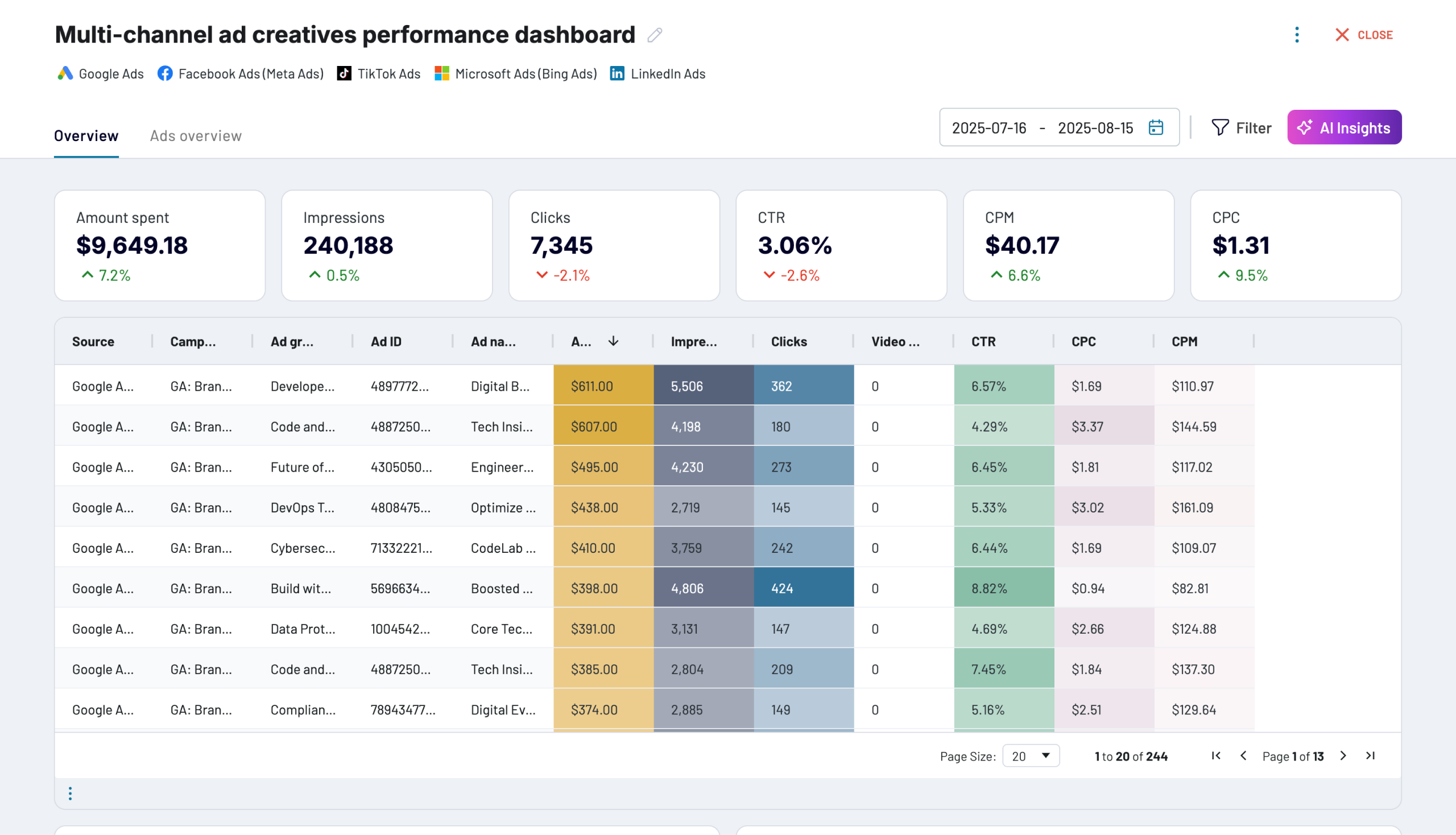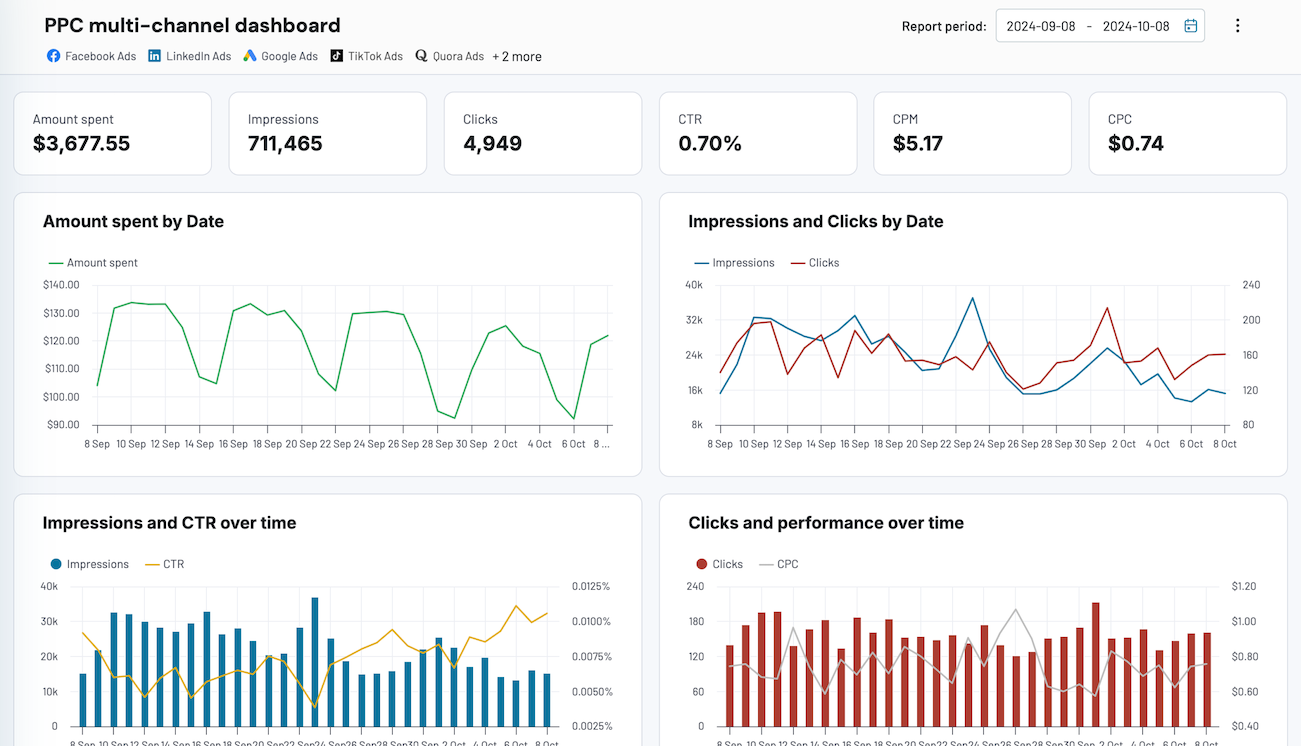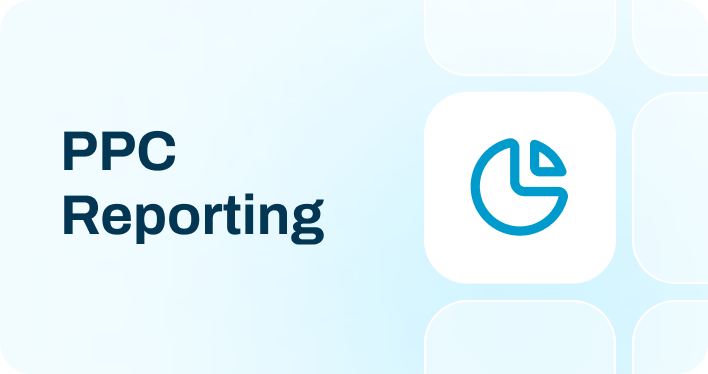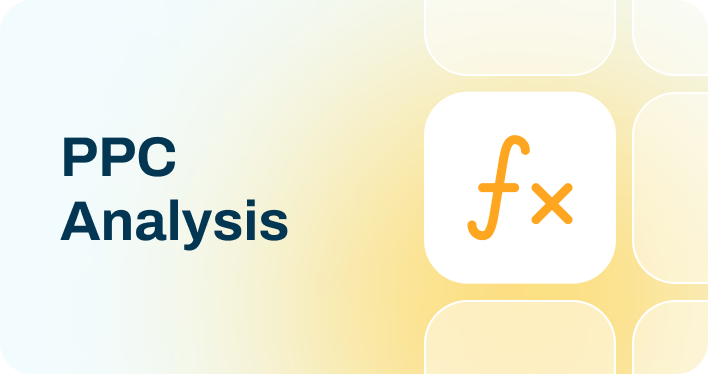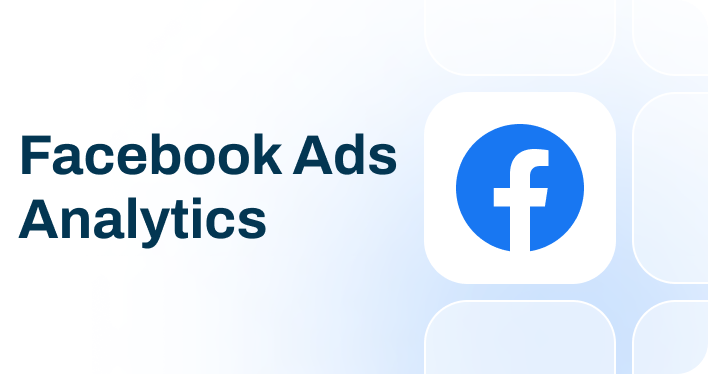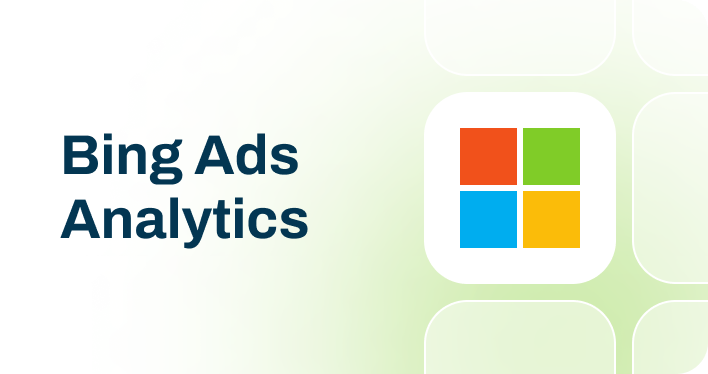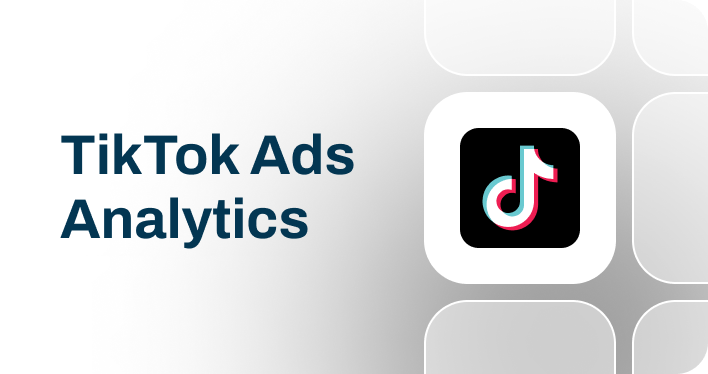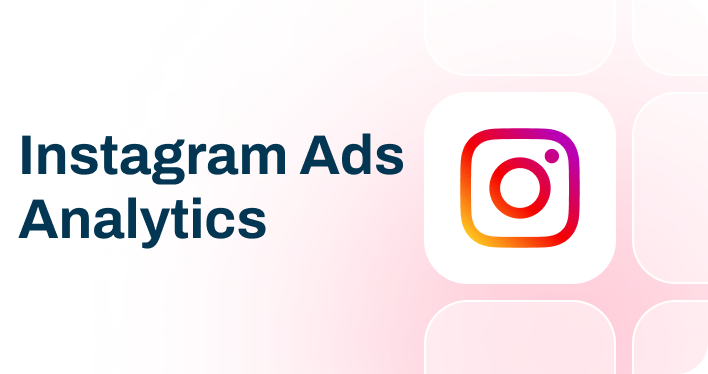What is a Customer Acquisition Cost (CAC)?
Customer acquisition cost (CAC) measures the total expense required to acquire a new customer. This metric encompasses all marketing and sales costs. It's a pivotal value because it quantifies the investment made to gain each customer. Understanding CAC is crucial for evaluating marketing strategy efficiency and financial health. A low CAC indicates cost-effective customer acquisition. A high CAC can signal inefficiencies or overspending. The CAC analysis allows marketers to detect the most cost-effective channels for conversions.
How to calculate Customer Acquisition Cost (CAC)?
To calculate CAC, divide the total costs for acquiring new customers by the number of new customers acquired in the same period. These costs include marketing and sales expenses.
Total Marketing and Sales Costs / Number of New Customers Acquired
What is bad Customer Acquisition Cost (CAC)?
A bad customer acquisition cost (CAC) is when the cost to acquire a customer is less than the revenue they generate. This indicates inefficient marketing strategies or overinvestment in acquisition channels. For instance, a CAC exceeding $1000 in SaaS could be detrimental without a corresponding high lifetime value. In e-commerce, a CAC over $100 might be considered too high if the average order value and repeat purchase rate are low. Pay attention to the CAC to LTV ratio. The 1:3 and below points that the business spends too much on acquisition relative to the value customers bring.
What is good Customer Acquisition Cost (CAC)?
A good customer acquisition cost (CAC) must be sustainable within your business model. It shows a healthy profit margin after accounting for the cost of goods sold and other operational expenses. A good CAC varies by industry due to differences in average order values and customer lifetime value. For example, in SaaS, a CAC of $200-$500 can be considered good. In e-commerce, a lower CAC of around $10-$50 is typical due to narrower margins. It's also important to consider the CAC to CLV ratio. For instance, a 1:3 ratio is often cited as a healthy benchmark. It indicates that the lifetime value of a customer is three times the cost to acquire them.
Our key templates to track Customer Acquisition Cost (CAC)
No such template is available yet.
No worries. Our team will create a template that fits your needs, just tell us more
about your case. It doesn't cost you a penny 😉
Request a custom report
about your case. It doesn't cost you a penny 😉
How to improve Customer Acquisition Cost (CAC)?
Enhance Conversion Rates
Improve your website and landing pages for usability and conversion. Streamline the user journey and optimize call-to-action buttons to increase conversion rates significantly. You can lower the CAC by increasing the number of customers acquired without raising spending.
Leverage Organic Channels
Invest in SEO and content marketing to boost organic reach. Build a strong presence in organic search results to reduce reliance on paid advertising. This will decrease the overall CAC as organic channels often provide a steady stream of customers at a lower cost.
Refine Targeting Strategies
Use data analytics to better understand your audience and refine your targeting. Tailor your marketing efforts to specific segments that are more likely to convert. This will reduce ad spend waste and improve your acquisition strategy's efficiency. As a result, the CAC will go down.
